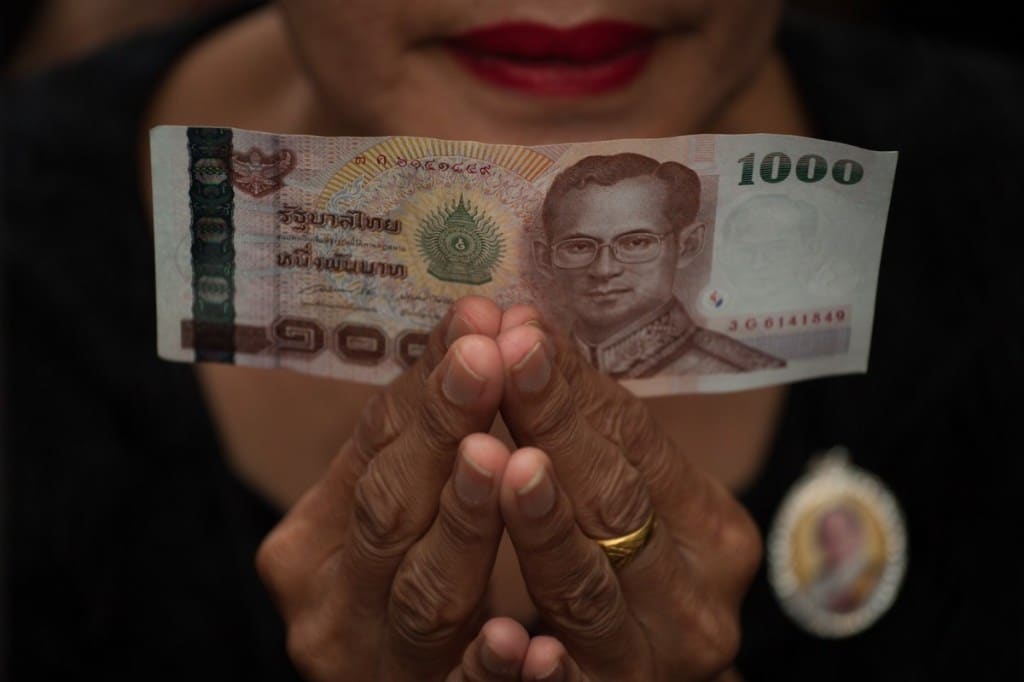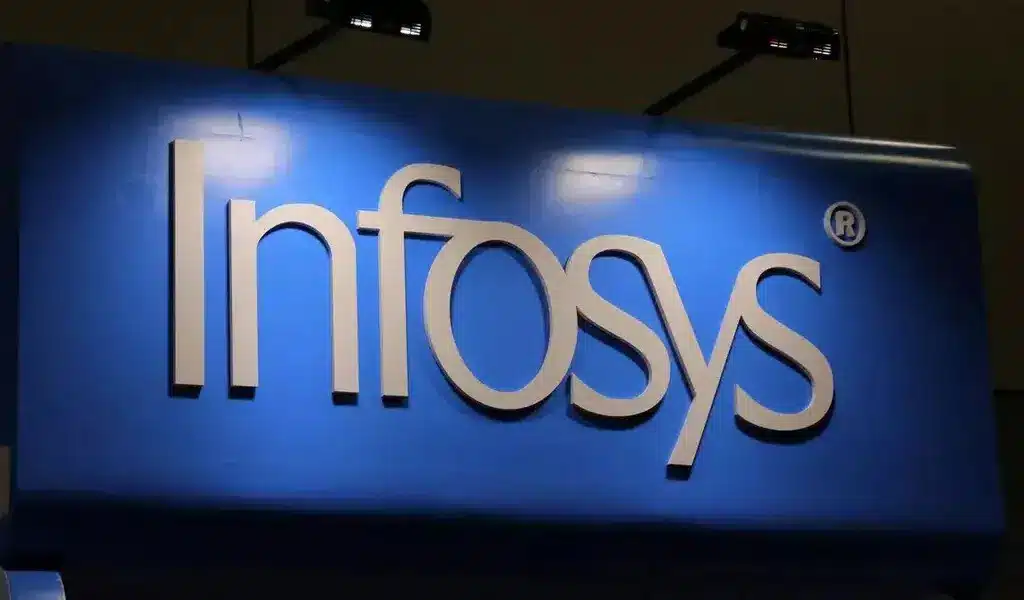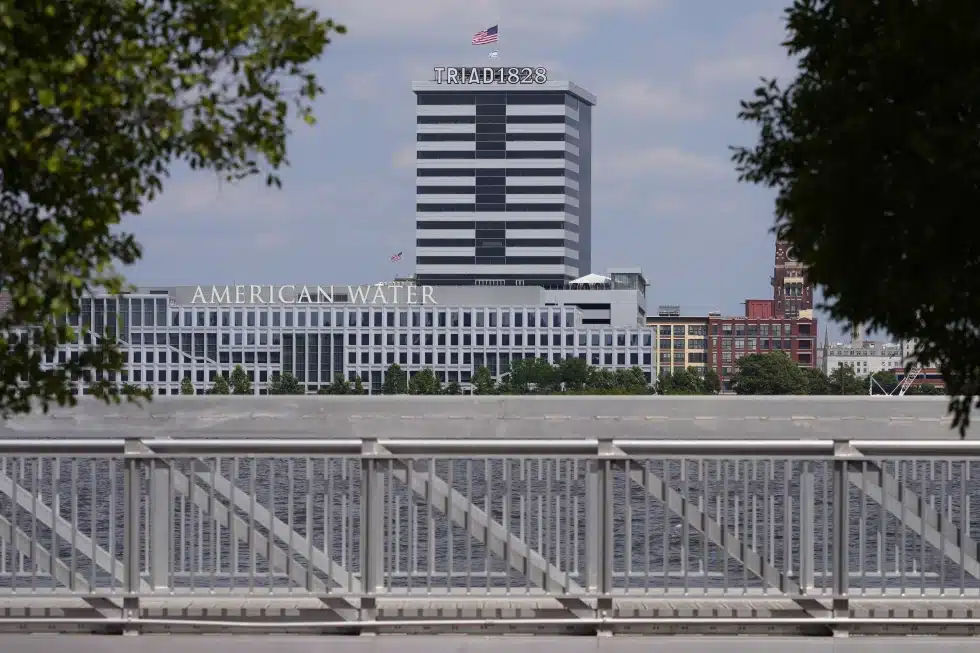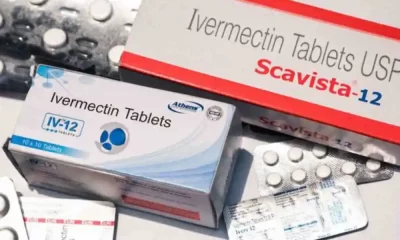Business
Bank of Thailand Set to Hike Key Interest Rate to a 9 Year High

The Bank of Thailand will boost the benchmark one-day repurchase rate by 25 basis points to 2.25% on Wednesday, the highest level since 2014. The central bank’s Monetary Policy Committee (MPC), said the committee voted unanimously to raise the key rate.
Thailand’s policymakers remain hawkish, despite the fact that inflation has dropped quicker than most regional peers, who have already suspended tightening or, in the case of Vietnam, have shifted to rate reduction. Authorities are depending on a tourism comeback and a stronger economic rebound to mitigate the dangers associated with the delayed formation of a government.
Governor Sethaput Suthiwartnarueput stated last month that there is no need to abruptly modify the BOT’s “gradual and measured” policy normalisation strategy, despite the fact that total inflation fell to zero in June from 7.9% in August last year.
“Core inflation pressures, while easing, are still higher than levels seen in the past,” said Lavanya Venkateswaran, senior economist at Oversea-Chinese Banking Corp. in Singapore. “Strong tourism inflows continue to support the near-term growth outlook,” she said, forecasting the BOT to stop at 2.25%.
What to look for in the Bank of Thailand ruling
“Given the growing downside risks to growth and subdued inflation, we believe this is the last move in this cycle,” said Burin Adulwattana, chief economist at Bangkok’s Kasikorn Research Centre.
After a pro-democracy coalition won the most seats in the May 14 election, its attempts to form a government have been thwarted by conservative parties and military-appointed senators. This might postpone budget approval, adding to other economic risks such as weaker export demand and fewer Chinese visitors than projected.
Market investors will be looking to see if the central bank’s judgement has altered since May, when it forecasted a steady rate of economic growth of 3.6% this year and 3.8% next year, fueled by tourism and private consumption. Policymakers had not expressed any alarm about the political environment at the time. After all, the establishment of a government in Thailand normally takes more than a month.
However, because the process is taking longer than it did in 2019, industry groups and the state planning agency have warned that the prolonged wait for a new administration may harm sentiment, delay investments, and jeopardise trade deals with other nations.
Political uncertainty has dragged on Thailand’s stock market, with foreign investors withdrawing almost $3.5 billion this year. The baht, on the other hand, has recovered from its losses following the mid-May election and was up more than 3% in July, making it the strongest performer in the region.
Following Assistant Governor Piti Disyatat’s remarks weeks ago that policy normalisation is already “at an advanced stage” and should end this year, the central bank’s announcement at this meeting will be eagerly monitored.
“BOT has already reached the neutral rate, with further tightening providing a meaningful drag on growth,” according to HSBC Holdings Plc economist Aris Dacanay, citing the bank’s calculations. “We anticipate the BOT to proceed with caution in moving beyond the 2.25% policy rate.”
Banks in Thailand put the brakes on loan growth
Meanwhile, due to global economic uncertainty and Thailand’s patchy recovery, banks are restricting loan growth in the second half of this year. Payong Srivanich, president of Krungthai Bank (KTB), stated that due to increased economic uncertainties both domestically and worldwide, the bank would be more cautious in growing loans in the second half of the year.
A global economic downturn would have an impact on Thai exports and business loan growth.
Furthermore, government loans are likely to remain stable in the second half due to no new investment projects as a result of the new government’s formation delays.
Mr Payong stated that his bank aims to steadily boost loans in the second half of the year in response to economic conditions. Loan demand in numerous economic sectors remains strong, particularly in the tourism sector. As a result, the bank anticipates strong loan growth throughout the year.
As of June, nine SET-listed banks reported combined outstanding loans of 14.39 trillion baht, a 0.48% rise from 14.32 trillion baht in December 2022.
KTB, the country’s third-largest lender by total assets, reported 2.57 trillion baht in outstanding loans as of June this year, a 0.56% decrease from December last year. According to the bank’s statement to the Thai Stock Exchange, the decline is due to a 6.3% decrease in small and medium-sized enterprise (SME) loans, as well as a 2.1% decrease in government and state enterprise loans.
Mr Payong stated that the bank would continue to focus on asset quality and non-performing loans (NPLs) under the existing debt-aid procedures. KTB reduced its NPL ratio to 3.11% in the second quarter of this year, down from 3.22% the previous quarter.
Mr Payong, who is also the chairman of the Thai Bankers’ Association (TBA), stated that the banking sector as a whole would continue to give financial help to vulnerable segments through long-term debt restructuring procedures in accordance with the regulations of the central bank.
On the other hand, Ronadol Numnonda, deputy governor of the Bank of Thailand, stated that loan growth in the banking industry is projected to continue in the second half of this year, supported by the manufacturing and tourism sectors. Despite a delayed recovery path in some corporate sectors, this is consistent with the Thai economy’s uneven recovery.
“Due to the uneven economic recovery, the household sector has recovered slowly in particular.” As a result, income in some parts has not yet returned to normal. “However, overall income has increased from the previous period, owing to a rebounding tourism sector,” Mr Ronadol said.
Simultaneously, the regulator has been closely monitoring the banking industry’s NPL position. The banking sector’s NPLs could be controlled with effective risk management and existing debt relief tools, he said, and banks would not have to invest unnecessary human and financial resources to address long-term NPL problems.
Siam Commercial Bank, a banking business unit of SCB X Plc, has tightened its underlying criteria for new loan approvals in order to control asset quality in the face of increased risk.
As a result of the bank’s tightened risk management strategy, chief executive Kris Chantanotoke expects the bank will expand loans at low-edge growth rather than medium growth throughout 2023.
Business
PepsiCo Reduces Revenue Projections As North American Snacks And Key International Markets Underperform.

(VOR News) – In the third quarter of this year, Pepsi’s net income was $2.93 billion, which is equivalent to $2.13 per share. This was attributed to the company.
This is in stark contrast to net income of $3.09 billion, which is equivalent to $2.24 per share, during the same period in the previous year. The company’s earnings per share were $2.31 when expenses were excluded.
Net sales decreased by 0.6%, totaling $23.32 billion. Organic sales increased by 1.3% during the quarter when the effects of acquisitions, divestitures, and currency changes are excluded.
Pepsi’s beverage sales fell this quarter.
The most recent report indicates that the beverage and food sectors of the organization experienced a 2% decline in volume. Consumers of all income levels are demonstrating a change in their purchasing habits, as indicated by CEOs’ statements from the previous quarter.
Pepsi’s entire volume was adversely affected by the lackluster demand they encountered in North America. An increasing number of Americans are becoming more frugal, reducing the number of snacks they ingest, and reducing the number of times they purchase at convenience stores.
Furthermore, Laguarta observed that the increase in sales was partially attributed to the election that occurred in Mexico during the month of June.
The most significant decrease in volume was experienced by Quaker Foods North America, which was 13%. In December, the company announced its initial recall in response to a potential salmonella infection.
Due to the probability of an illness, the recall was extended in January. Pepsi officially closed a plant that was implicated in the recalls in June, despite the fact that manufacturing had already been halted.
Jamie Caulfield, the Chief Financial Officer of Pepsi and Laguarta, has indicated that the recalls are beginning to have a lessening effect.
Frito-Lay experienced a 1.5% decline in volume in North America. The company has been striving to improve the value it offers to consumers and the accessibility of its snack line, which includes SunChips, Cheetos, and Stacy’s pita chips, in the retail establishments where it is sold.
Despite the fact that the category as a whole has slowed down in comparison to the results of previous years, the level of activity within the division is progressively increasing.
Pepsi executives issued a statement in which they stated that “Salty and savory snacks have underperformed year-to-date after outperforming packaged food categories in previous years.”
Pepsi will spend more on Doritos and Tostitos in the fall and winter before football season.
The company is currently promoting incentive packets for Tostitos and Ruffles, which contain twenty percent more chips than the standard package.
Pepsi is expanding its product line in order to more effectively target individuals who are health-conscious. The business announced its intention to acquire Siete Foods for a total of $1.2 billion approximately one week ago. The restaurant serves Mexican-American cuisine, which is typically modified to meet the dietary needs of a diverse clientele.
The beverage segment of Pepsi in North America experienced a three percent decrease in volume. Despite the fact that the demand for energy drinks, such as Pepsi’s Rockstar, has decreased as a result of consumers visiting convenience stores, the sales of well-known brands such as Gatorade and Pepsi have seen an increase throughout the quarter.
Laguarta expressed his opinion to the analysts during the company’s conference call, asserting, “I am of the opinion that it is a component of the economic cycle that we are currently experiencing, and that it will reverse itself in the future, once consumers feel better.”
Additionally, it has been noted that the food and beverage markets of South Asia, the Middle East, Latin America, and Africa have experienced a decline in sales volume. The company cut its forecast for organic revenue for the entire year on Tuesday due to the business’s second consecutive quarter of lower-than-anticipated sales.
The company’s performance during the quarter was adversely affected by the Quaker Foods North America recalls, the decrease in demand in the United States, and the interruptions that occurred in specific international markets, as per the statements made by Chief Executive Officer Ramon Laguarta.
Pepsi has revised its forecast for organic sales in 2024, shifting from a 4% growth rate to a low single-digit growth rate. The company reiterated its expectation that the core constant currency profitability per share will increase by a minimum of 8% in comparison to the previous year.
The company’s shares declined by less than one percent during premarket trading. The following discrepancies between the company’s report and the projections of Wall Street were identified by LSEG in a survey of analysts:
SOURCE: CNBC
SEE ALSO:
Old National Bank And Infosys Broaden Their Strategic Partnership.
Business
Old National Bank And Infosys Broaden Their Strategic Partnership.

(VOR News) – Old National Bank, a commercial bank with its headquarters in the Midwest, and Infosys, a firm that specializes in information technology, have recently entered into a strategic expansion of their link, which has been in place for the past four years.
This expansion is more likely to take place sooner rather than later, with the likelihood being higher.
For the purpose of making it possible for Old National Bank to make use of the services, solutions, and platforms that are offered by Infosys, the objective of this expansion is to make it possible for the bank to transform its operations and processes through the application of automation and GenAI, as well as to change significant business areas.
This lets the bank leverage Infosys’ services, solutions, and platforms.
Old National Bank Chairman and CEO Jim Ryan said, “At Old National, we are committed to creating exceptional experiences for both our customers and our fellow employees.”
This statement is applicable to Old National Bank. Infosys is carefully managing the business process innovations that it is putting us through, putting a strong emphasis on efficiency and value growth throughout the process to ensure that it is carried out efficiently.
This is a routine occurrence throughout the entire operation. Because of Infosys’ dedication to our development and success, we are incredibly appreciative of the assistance they have provided.
Old National has been receiving assistance from Infosys in the process of updating its digital environment since the year 2020, according to the aforementioned company.
Ever since that time, the company has been providing assistance. The provision of this assistance has been accomplished through the utilization of a model that is not only powerful but also capable of functioning on its own power.
Infosys currently ranks Old National thirty-first out of the top thirty US banks.
This ranking is based on the fact that Old National is the nation’s largest banking corporation.
It is estimated that the total value of the company’s assets is approximately fifty-three billion dollars, while the assets that are currently being managed by the organization are valued at thirty billion dollars.
Dennis Gada, the Executive Vice President and Global Head of Banking and Financial Services, stated that “Old National Bank and Infosys possess a robust cultural and strategic alignment in the development, management, and enhancement of enterprise-scale solutions to transform the bank’s operations and facilitate growth.”
This remark referenced the exceptional cultural and strategic synergy between the two organizations. Dennis Gada is the one who asserted this claim. This was articulated explicitly concerning the exceptional cultural congruence and strategy alignment of the two organizations.
We are pleased to announce that the implementation of Infosys Topaz will substantially expedite the transformation of Old National Bank’s business processes and customer service protocols. We are exceedingly enthusiastic about this matter. We are quite thrilled about this specific component of the scenario.
Medium-sized banks operating regionally will continue to benefit from our substantial expertise in the sector, technology, and operations. This specific market segment of Infosys will persist in benefiting from our extensive experience. This phenomenon will enable this market sector to sustain substantial growth and efficiency benefits.
SOURCE: THBL
SEE ALSO:
American Water, The Largest Water Utility In US, Is Targeted By A Cyberattack
States Sue TikTok, Claiming Its Platform Is Addictive And Harms The Mental Health Of Children
Qantas Airways Apologizes After R-Rated Film Reportedly Airs On Every Screen During Flight
Business
American Water, The Largest Water Utility In US, Is Targeted By A Cyberattack

The largest regulated water and wastewater utility company in the United States stated Monday that it had been the target of a cyberattack, forcing the company to halt invoicing to consumers.
American Water, The Largest Water Utility In US, Is Targeted By A Cyberattack
American Water, based in New Jersey and serving over 14 million people in 14 states and 18 military facilities, said it learned of the unauthorized activity on Thursday and quickly took precautions, including shutting down certain systems. The business does not believe the attack had an impact on its facilities or operations and said employees were working “around the clock” to determine the origin and scale of the attack.

According to their website, American Water operates over 500 water and wastewater systems in around 1,700 communities across California, Georgia, Hawaii, Illinois, Indiana, Iowa, Kentucky, Maryland, Missouri, New Jersey, Pennsylvania, Tennessee, Virginia, and West Virginia.
SOURCE | AP
-

 News3 years ago
News3 years agoLet’s Know About Ultra High Net Worth Individual
-
Entertainment2 years ago
Mabelle Prior: The Voice of Hope, Resilience, and Diversity Inspiring Generations
-

 Health3 years ago
Health3 years agoHow Much Ivermectin Should You Take?
-

 Tech2 years ago
Tech2 years agoTop Forex Brokers of 2023: Reviews and Analysis for Successful Trading
-

 Lifestyles2 years ago
Lifestyles2 years agoAries Soulmate Signs
-

 Movies2 years ago
Movies2 years agoWhat Should I Do If Disney Plus Keeps Logging Me Out of TV?
-

 Health3 years ago
Health3 years agoCan I Buy Ivermectin Without A Prescription in the USA?
-

 Learning2 years ago
Learning2 years agoVirtual Numbers: What Are They For?
